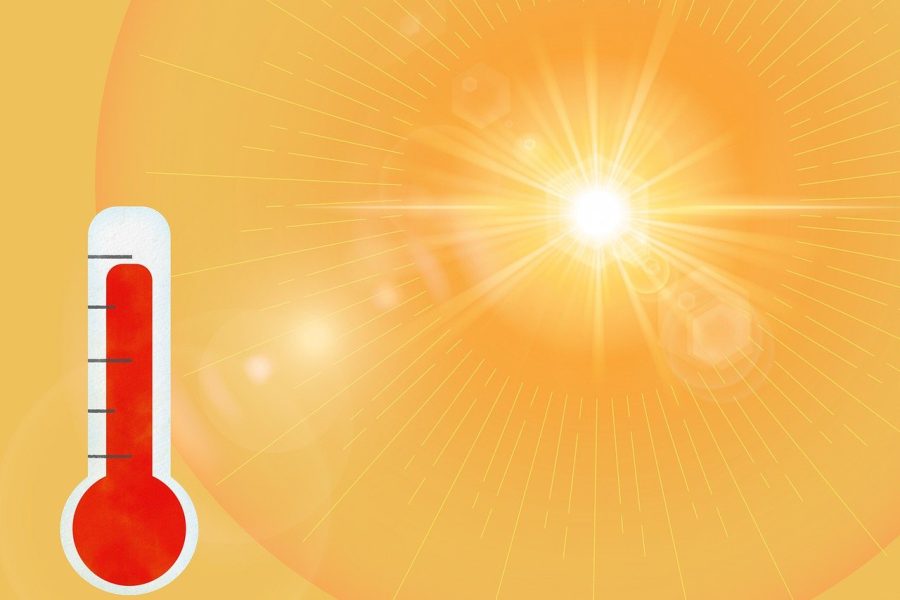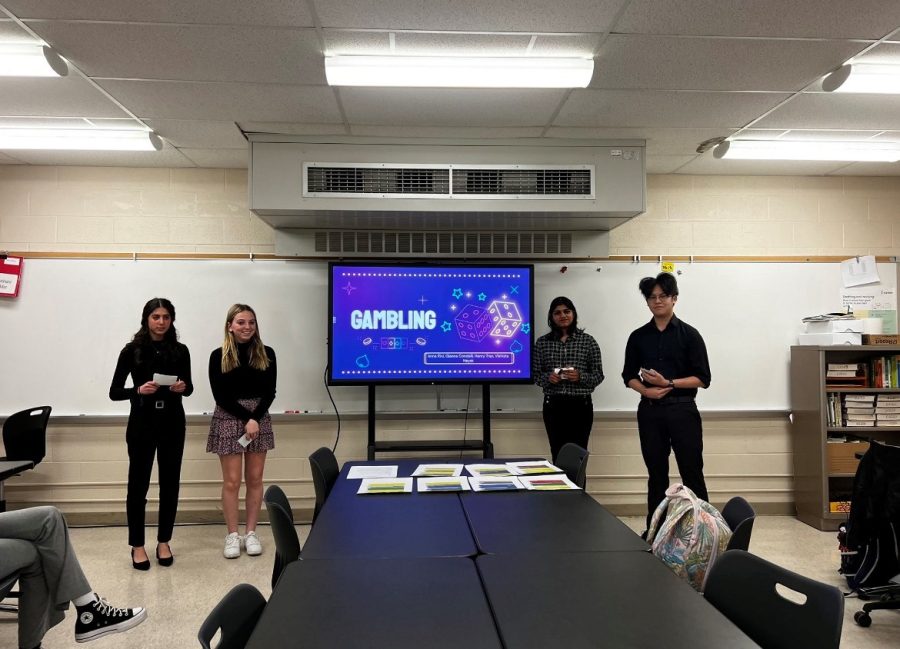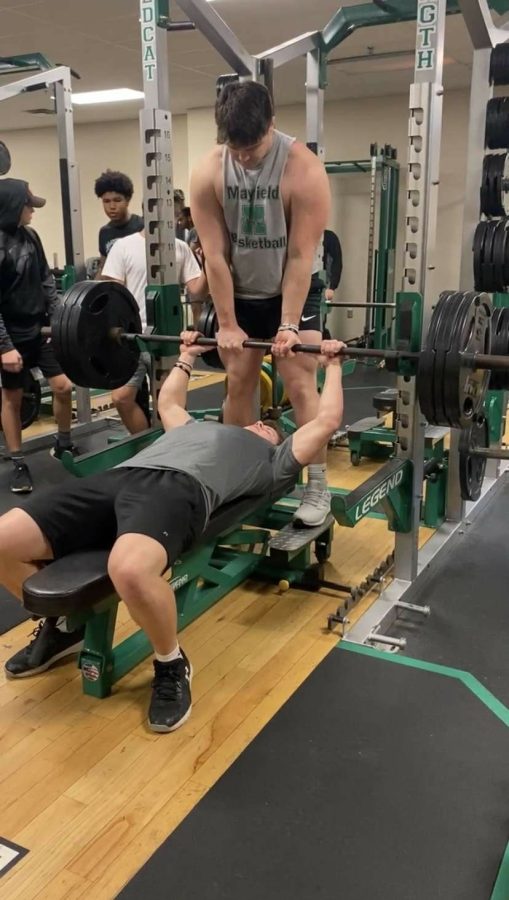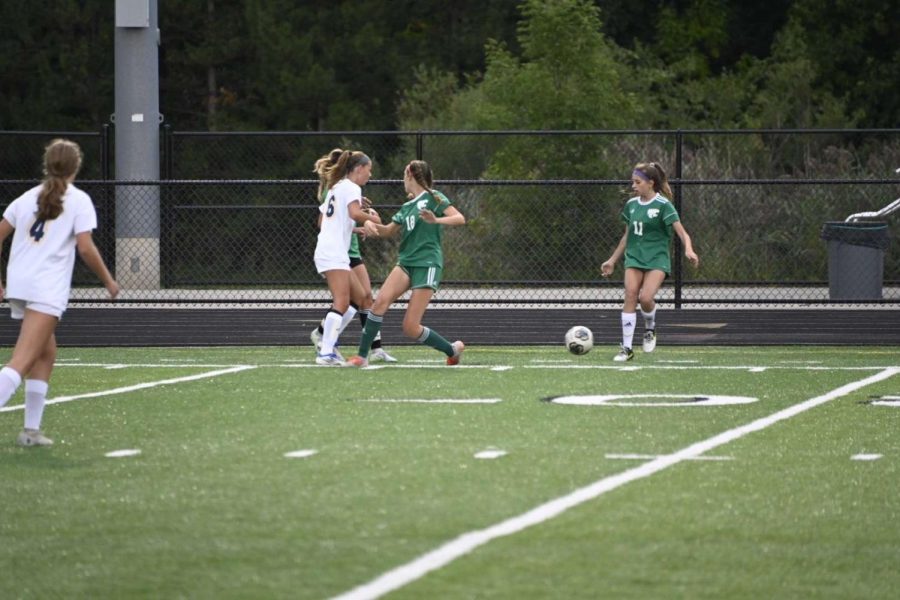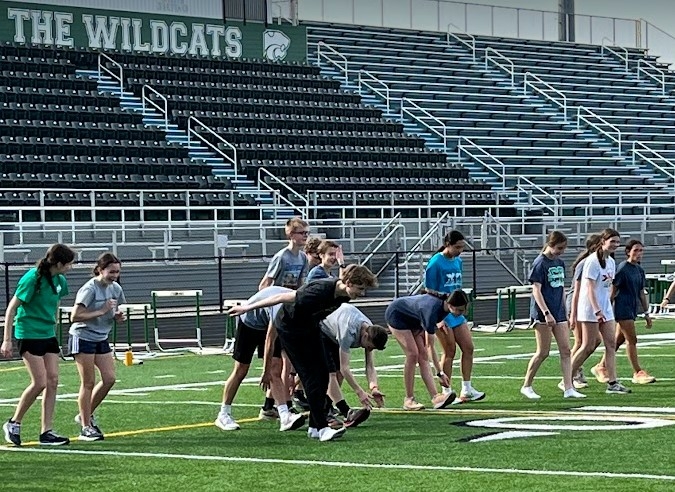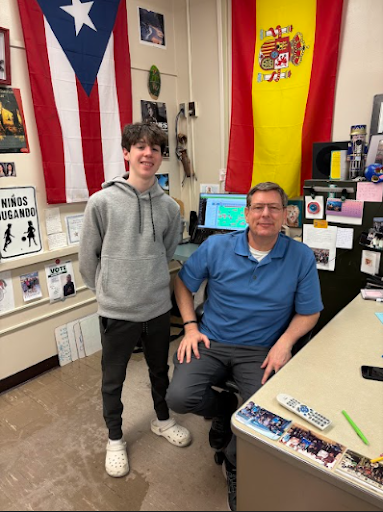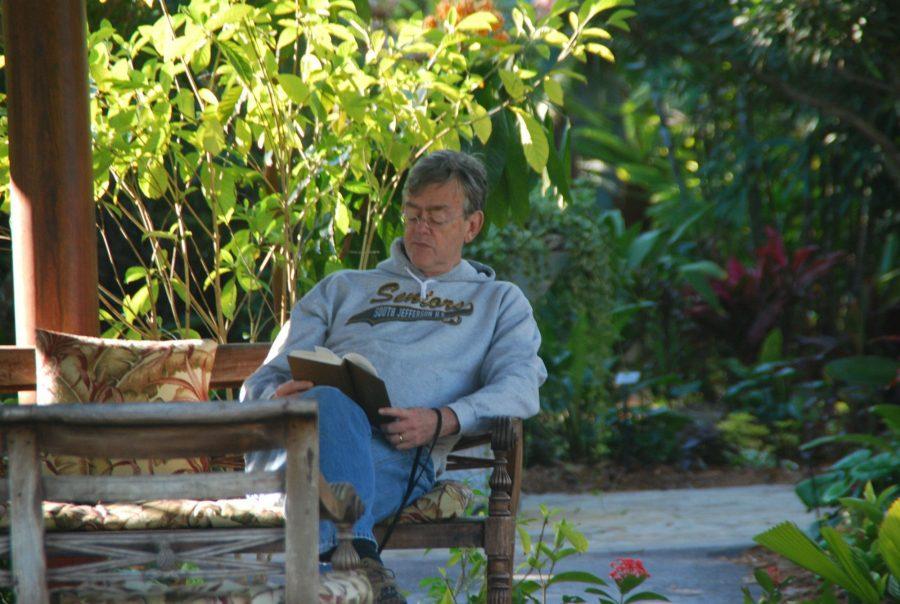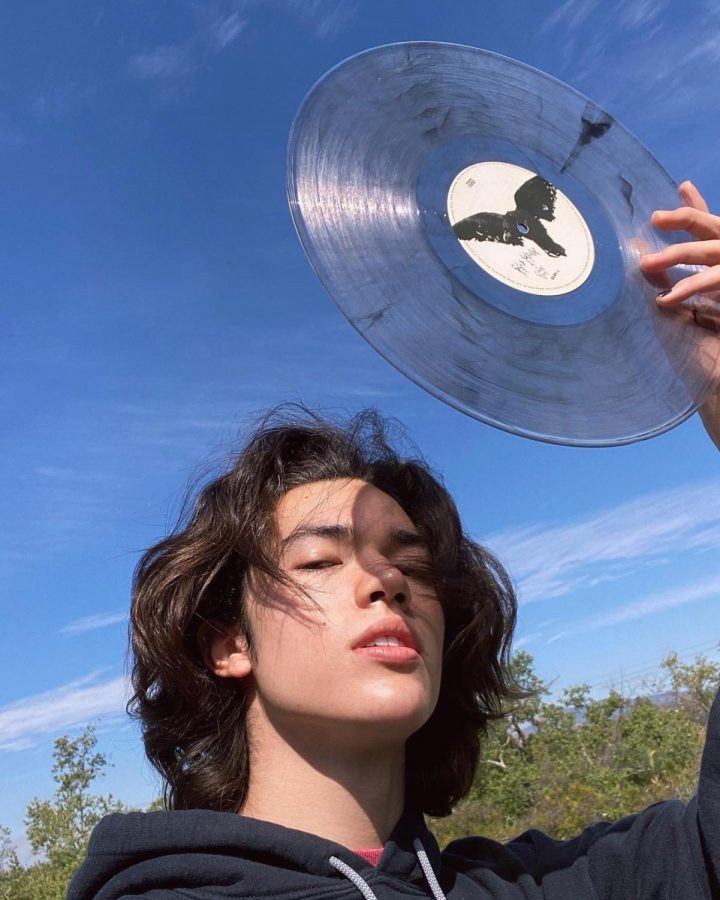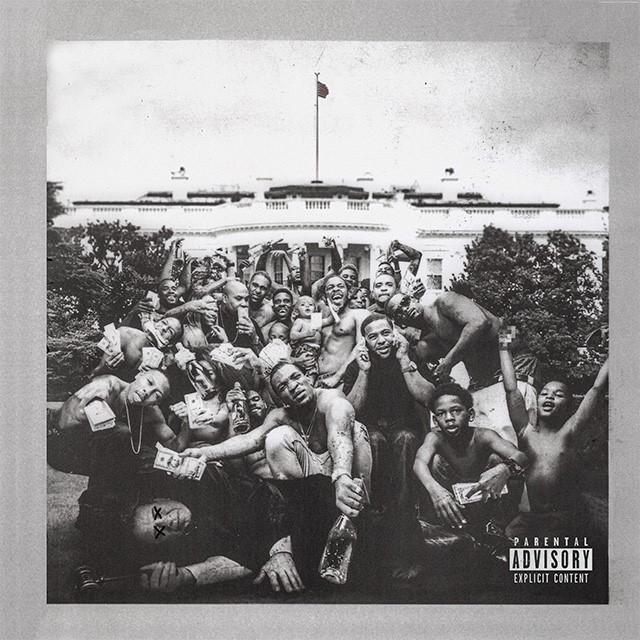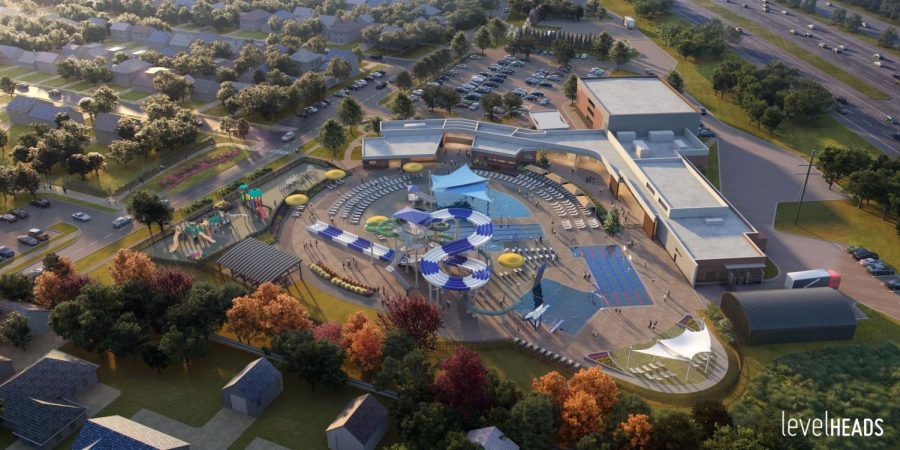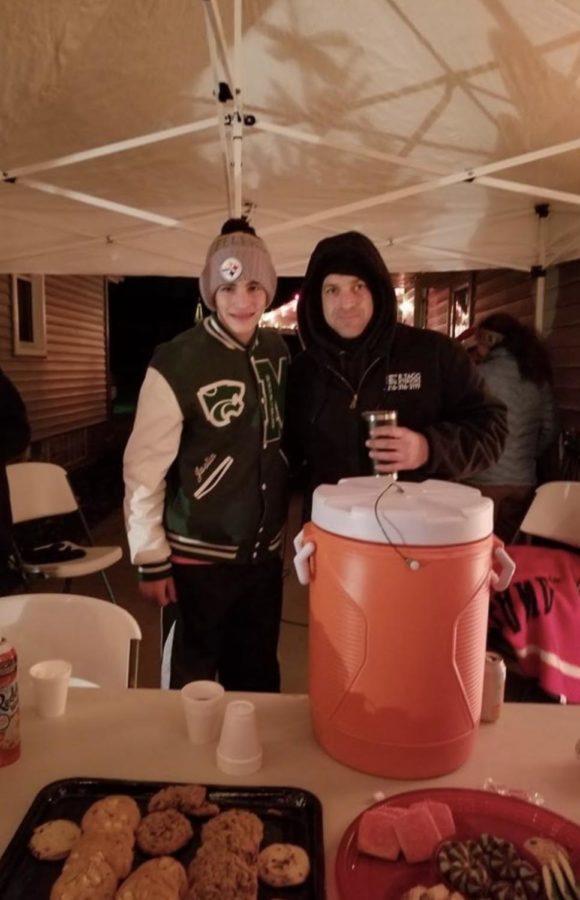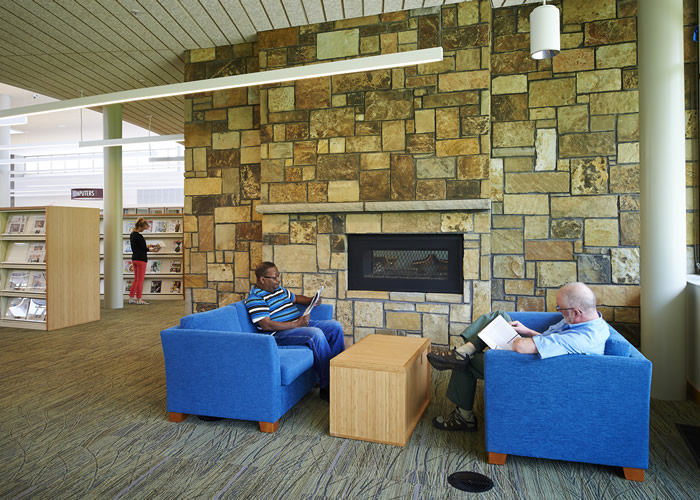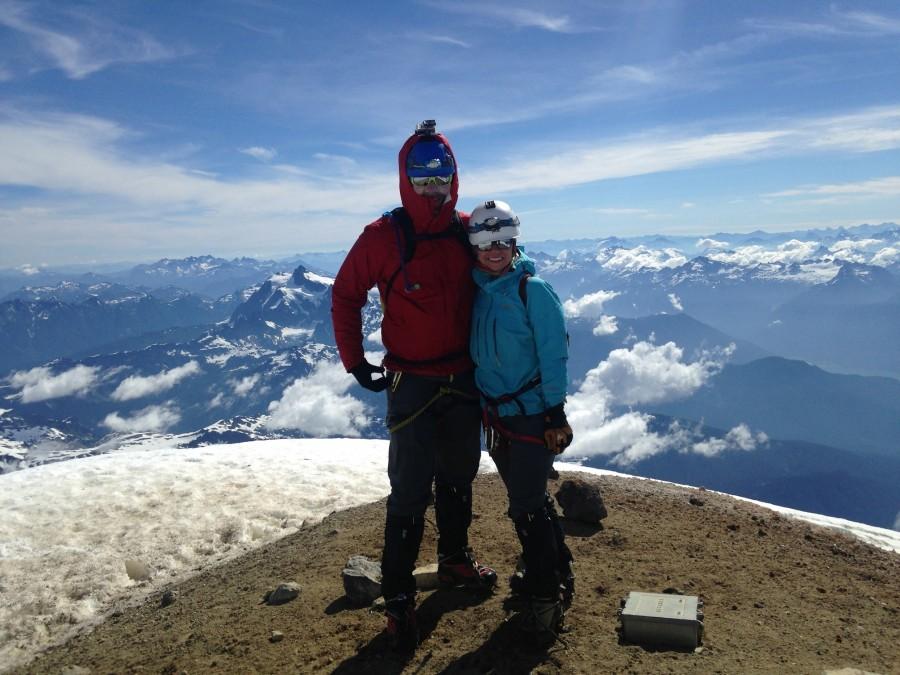Rice soars to new heights
Not many people can claim they’ve climbed a mountain, but Mayfield science teacher Corey Rice has climbed three – in a single week.
Over the summer of 2014, Rice and his wife joined an expedition to summit three of the most intense mountains in the state of Washington: Mt. Adams, Mt. Baker, and Mt. Shuksan. “Adams and Baker are volcanoes,” Rice said, “and Baker is the most popular climb in Washington.”
Mountain climbing is a dangerous sport, so every climb comes with its own set of perils and stories.
“The first mountain [was] Adams,” Rice began. “We started off and there was a thunderstorm, so we had to camp lower than we wanted. So the next day, we had an 18 hour climb. One guy didn’t eat enough, and by the top, we were literally feeding him pretzel M&M’s.”
The second- and arguably most picturesque- mountain was Baker. “There’s a park called the Railroad Moraine, and on each side there are cliffs. We walked along that for several miles, until we set up camp,” Rice said. “We actually drank the runoff [water] from the glaciers.”
“The next morning we went up, and Mount Baker was a dream. Some of the best sunrise pictures were there, and the whole mountain top was crazy windy,” Rice continued, “and when we got back to the site, a raven had gotten into the tent and eaten all of the food we had stored. Luckily we didn’t need it anymore, for that trip.”
Arguably the most treacherous hike of the trip was the third and final climb, Mount Shuksan. “We got up to the camp…[and] went to sleep at 7pm, so we could climb at 2am and summit by 11. You don’t want to summit [later than that], when the snow is wet,” Rice said. “But that day we woke up in a cloud, and this misty cold rain soaked through everything. We couldn’t stop moving, or we’d get hypothermia. We couldn’t rock climb up to the summit, because of that time is spent waiting for the others to climb up.”
Hypothermia is one of the greatest threats climbers face on the larger mountains, occurring when the body loses heat faster than it can generate heat, according to mayoclinic.org. This condition can be exasperated by wind and rain, which prevent the heat that typically surrounds the body from forming a consistent layer.
Mountain climbing is a challenge because it is both physically and mentally exhausting. To Rice, “The biggest thing is that mountain climbing is an internal struggle that starts these inner monologues. It’s a crucible; it shows you what you’re made of.”
Of course, Rice and his wife haven’t always been the mountain-climbing adventurers that they are today. “Friends of ours got us into rock climbing, and we decided that outdoor climbing was much more fun.” Rice said. “This was our second summer doing any mountain climbing. Last summer was Mount Olympus, a 45 mile hike over 5 days.”
Mountain climbing is an intense, physical and emotional activity, according to Rice, but a rewarding one as well. “If you want to start mountain climbing,” Rice said, “I would say you could go t o a rock gym, as a primer. Then get good with snow gear, and find a guide.”
Most guide companies accept climbers ages fourteen and up, so the demographic isn’t very exclusive. As for picking the right starter mountain, Rice says, “if you’re going to start climbing, [Baker] is the place to start.”
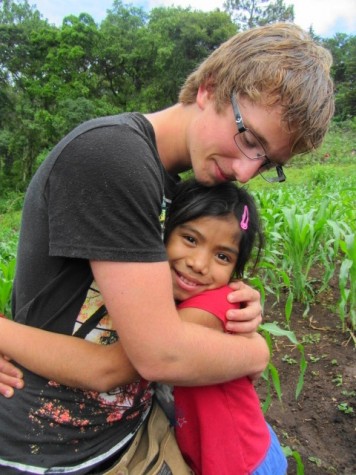
David Girbino is a senior at Mayfield High school who’s often found weaving awkwardly through crowds between classes. He doesn’t talk much, and is...


